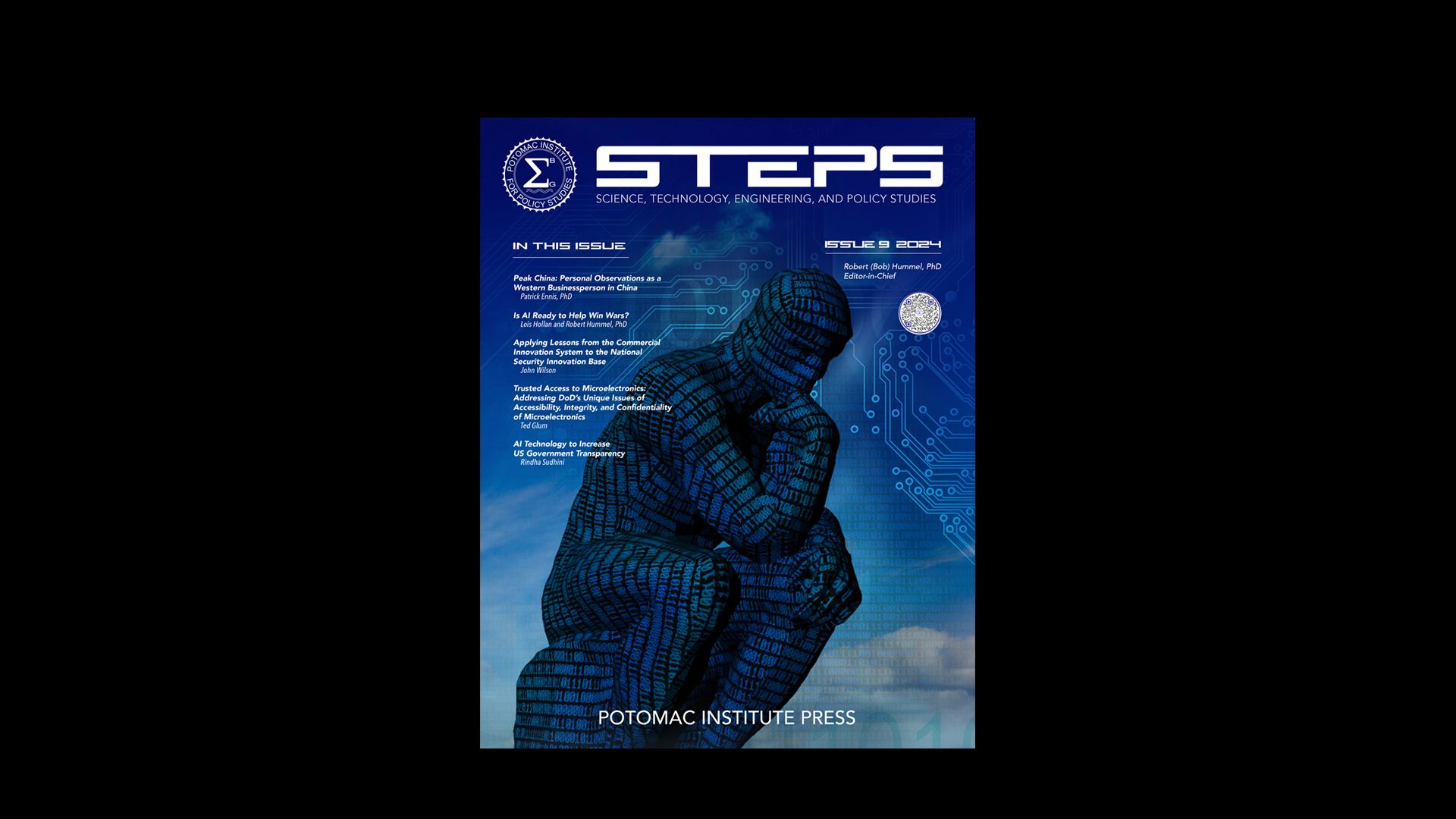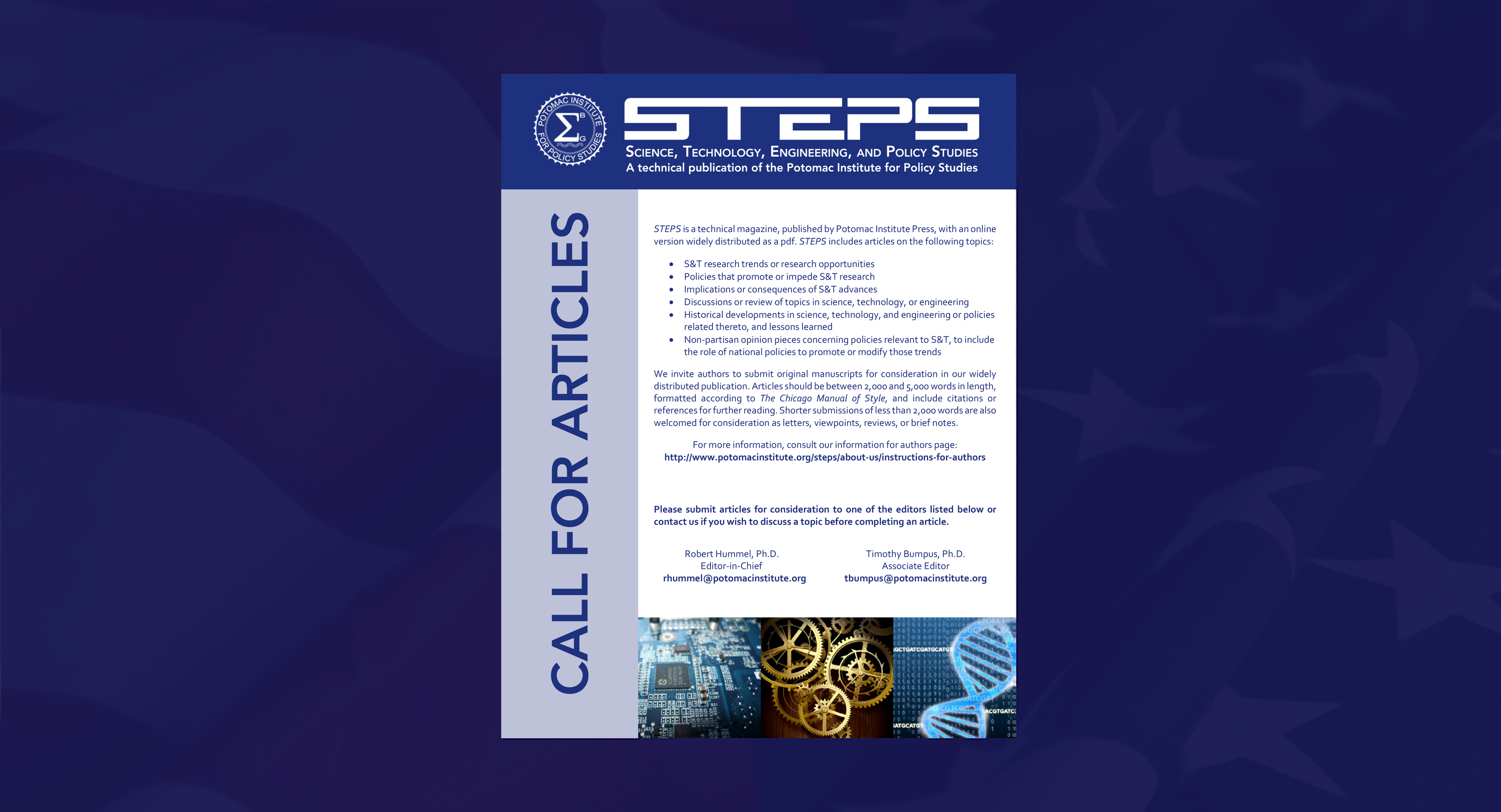HEADLINE: Pandemic might be as severe as 1968 Hong Kong Flu
SUMMARY: The swine flu pandemic may have as much impact as the 1968-69 Hong Kong flu that cost an estimated 0.7 percent of global gross domestic product, according to the World Bank. The new H1N1 flu strain might reduce second-quarter GDP by as much as 2.2 percent in Mexico if disruptions to businesses -- including those in the restaurant, hotel and transportation industries, persist -- the Washington- based lender said. “Even if it does not mutate into a more deadly form, a second wave of the flu in low-income countries could have serious consequences -- given poor countries’ limited capacity to monitor and treat an outbreak and the higher incidence of chronic disease within their populations,” the bank said.
STORY LINK: http://www.bloomberg.com/apps/news?pid=20601087&sid=ah0aeqRTBdLI
ANALYSIS: This report represents one of many attempts to quantify the impact of the current influenza strain. The WHO estimates that the 1968 pandemic may have killed as many as one million people; annual season influenza causes between 250,000 and 500,000 deaths worldwide. Whether it mutates into a more severe form or not, the current flu is likely to have a significant effect. The impact of communicable disease is almost universally more severe in populations living in underdeveloped nations or in poverty. Widespread contagion will result in economic declines both in the developing world and in industrialized nations given the interconnections of the global economy.
HEADLINE: Pandemic reality check: what can be done -- and what can't -- to protect against H1N1
SUMMARY: The impact of the current swine flu pandemic is unpredictable because it is dependent on factors such as the virus’ ability to mutate; the impact of "non-pharmaceutical interventions" such as hand washing and social distancing; and the availability and effectiveness of a vaccine. Developing a vaccine and producing large quantities rapidly are critical, but subject to political decisions.
STORY LINK: http://www.washingtonpost.com/wp-dyn/content/article/2009/06/22/AR2009062202386.html?sub=AR
ANALYSIS: The author of this article, John Barry, is a superlative historian and his assessment of the potential path and impact of the novel H1N1 influenza is precisely correct. Influenza virus readily mutates, complicating development of an effective vaccine. Moreover, there is more than one strain active in the world today, so what will be the greatest threat remains to be seen.
Mr. Barry also correctly highlights the phenomenon of fear fatigue and the falling off -- absent a persistent and perceptible threat -- of preventive measures within the general population. All of this points to the need for continuing planning, reinforcement of routine preventive measures – the non-pharmaceutical interventions Barry describes, including heightened awareness, and flexibility in responding to those who are or may be ill.
Barry’s book, The Great Influenza: The Story of the Deadliest Pandemic in History, offers tremendous insight into the evolution of modern, science-based medicine and to the power of nature and communicable disease. As Barry states often within that work, “just the flu” can pose a grave threat, one that should not be taken lightly.

















